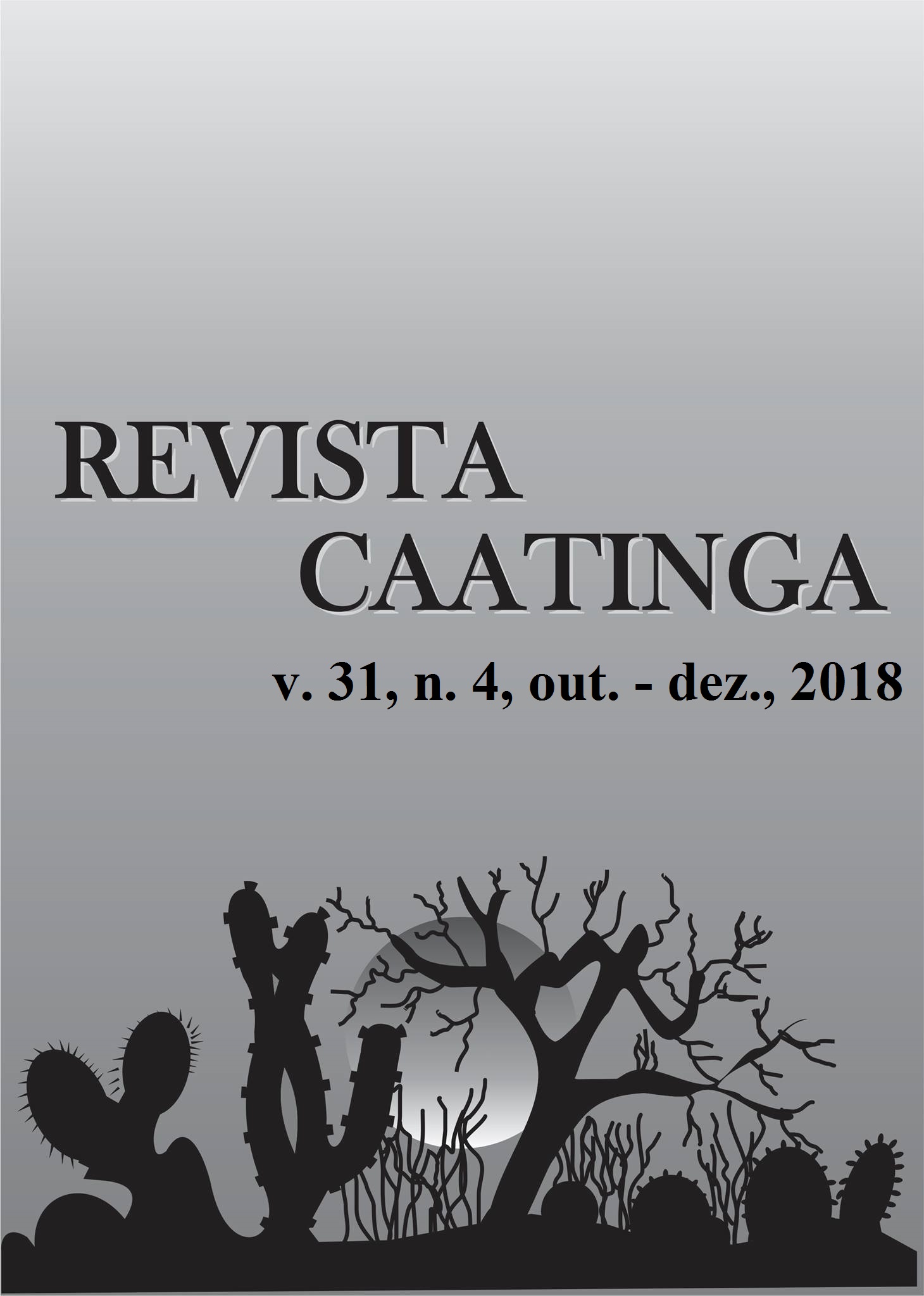OPTICAL MICROSCOPY AND SEM FOR IDENTIFYING CLOGGING MATERIAL IN A DRIP IRRIGATION SYSTEM
DOI:
https://doi.org/10.1590/1983-21252018v31n423rcKeywords:
Clogging. Water. Irrigation system drippers.Abstract
The aim of this study was to apply optical microscopy and scanning electron microscopy (SEM) techniques to identify and assess dripper clogging of an irrigation system. Three dripper models (Taldrip, Streamline, and Tiran) underwent 1200 hours of irrigation with three types of effluents: treated domestic wastewater, water with a high calcium content, and urban water supply. Samples of the material adhered to the inside of drippers were analyzed by means of the smear method aiming at their biological identification. Other samples were taken to obtain SEM images. The presence of algae, bacteria, and biological components of biofilm was observed in drippers operating with wastewater and water with calcium, this latter in a low number. The formation of biofilm and chemical precipitates of calcium were observed in SEM images, leading to emitter clogging. Optical microscopy and SEM analyses allowed identifying the degree of fouling by biofilm and chemical precipitates in dripper clogging.
Downloads
Downloads
Published
Issue
Section
License
Os Autores que publicam na Revista Caatinga concordam com os seguintes termos:
a) Os Autores mantêm os direitos autorais e concedem à revista o direito de primeira publicação, com o trabalho simultaneamente licenciado sob a Licença Creative Commons do tipo atribuição CC-BY, para todo o conteúdo do periódico, exceto onde estiver identificado, que permite o compartilhamento do trabalho com reconhecimento da autoria e publicação inicial nesta revista, sem fins comerciais.
b) Os Autores têm autorização para distribuição não-exclusiva da versão do trabalho publicada nesta revista (ex.: publicar em repositório institucional ou como capítulo de livro), com reconhecimento de autoria e publicação inicial nesta revista.
c) Os Autores têm permissão e são estimulados a publicar e distribuir seu trabalho online (ex.: em repositórios institucionais ou na sua página pessoal) a qualquer ponto antes ou durante o processo editorial, já que isso pode gerar alterações produtivas, bem como aumentar o impacto e a citação do trabalho publicado (Veja O Efeito do Acesso Livre).







